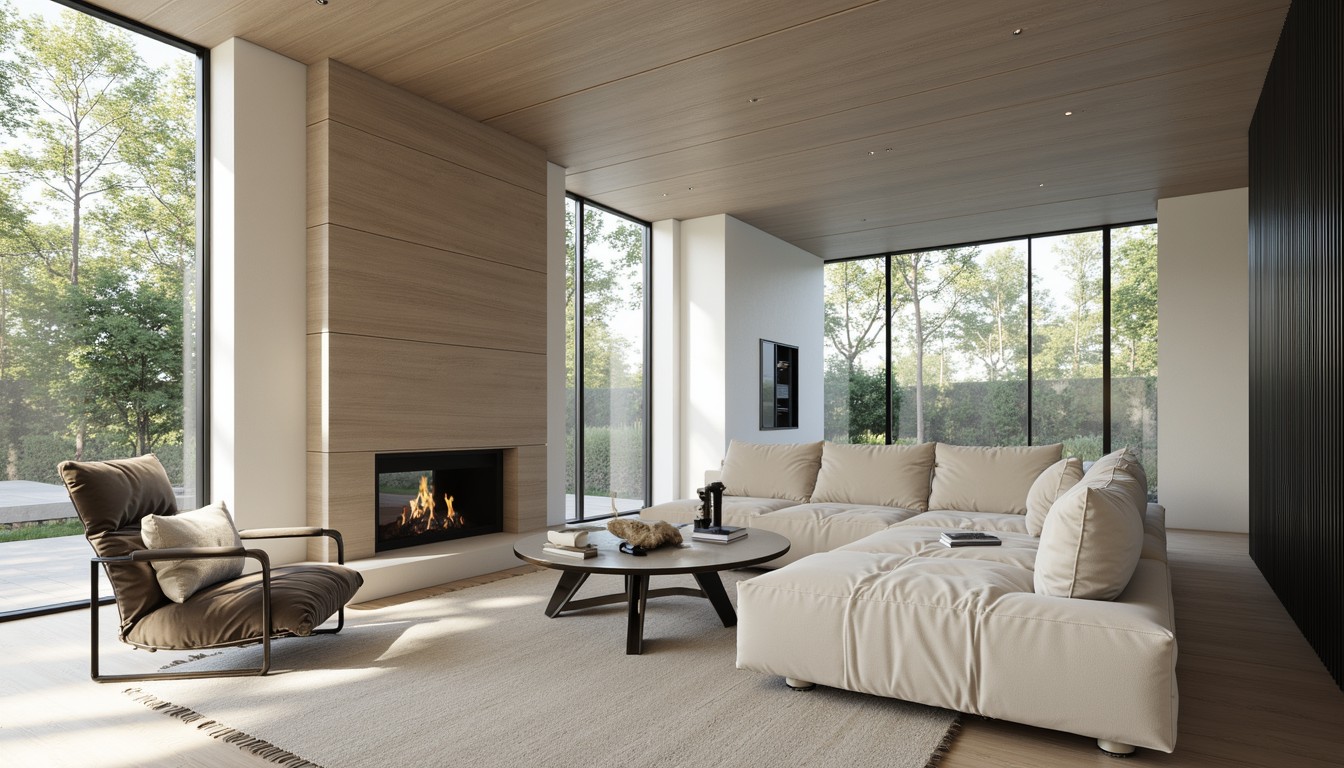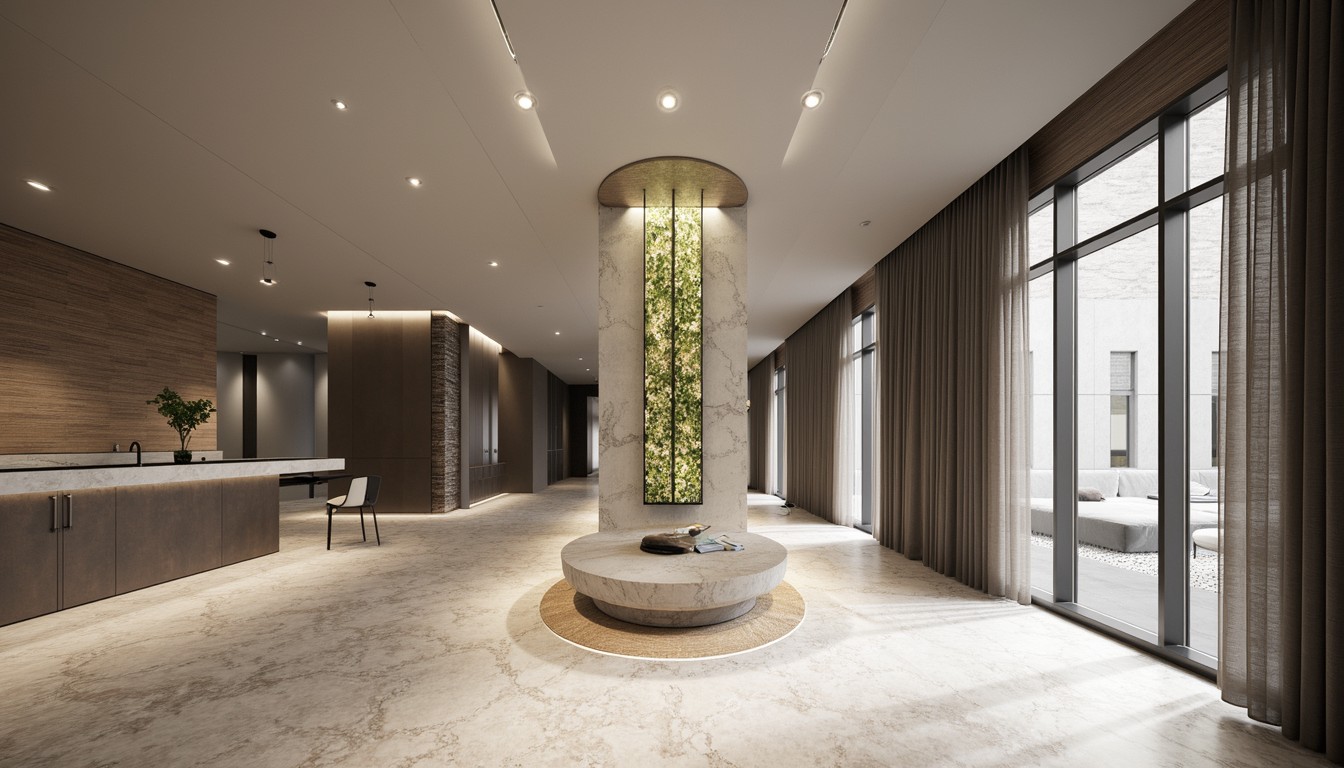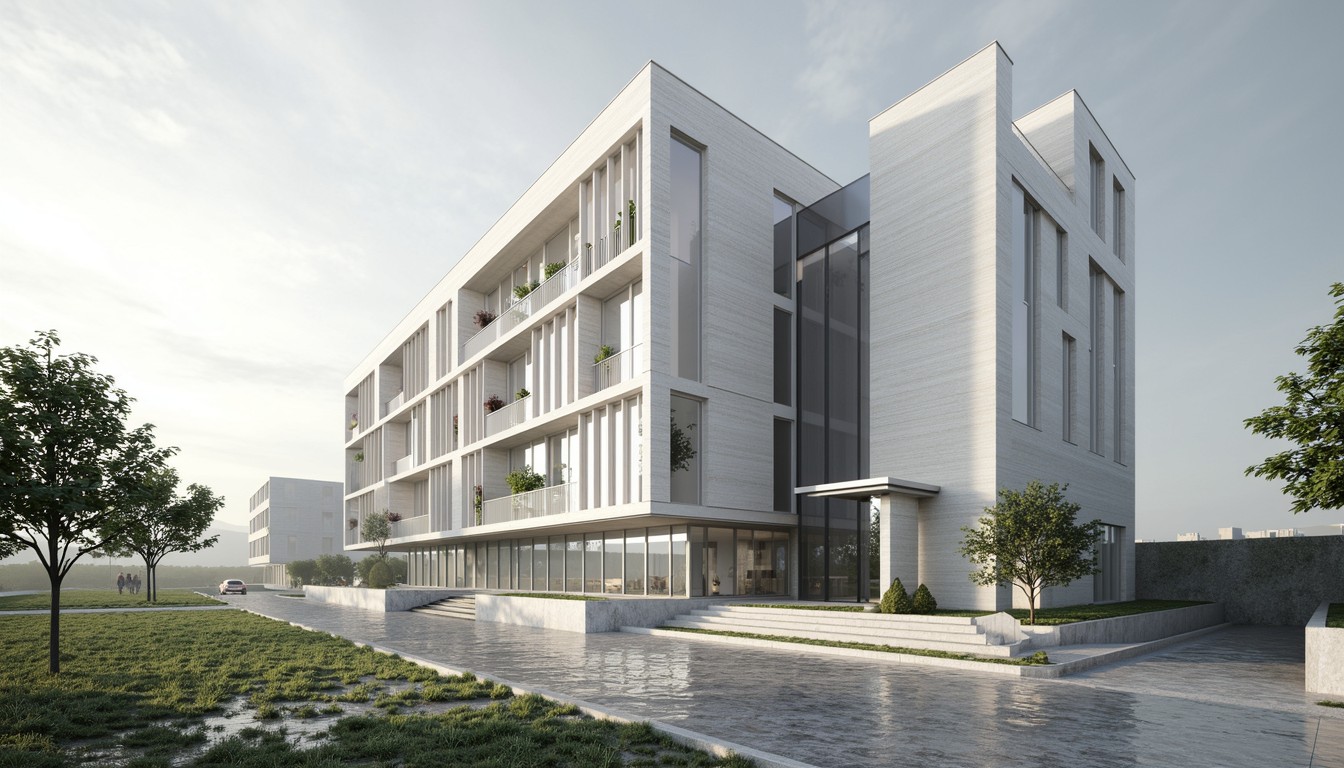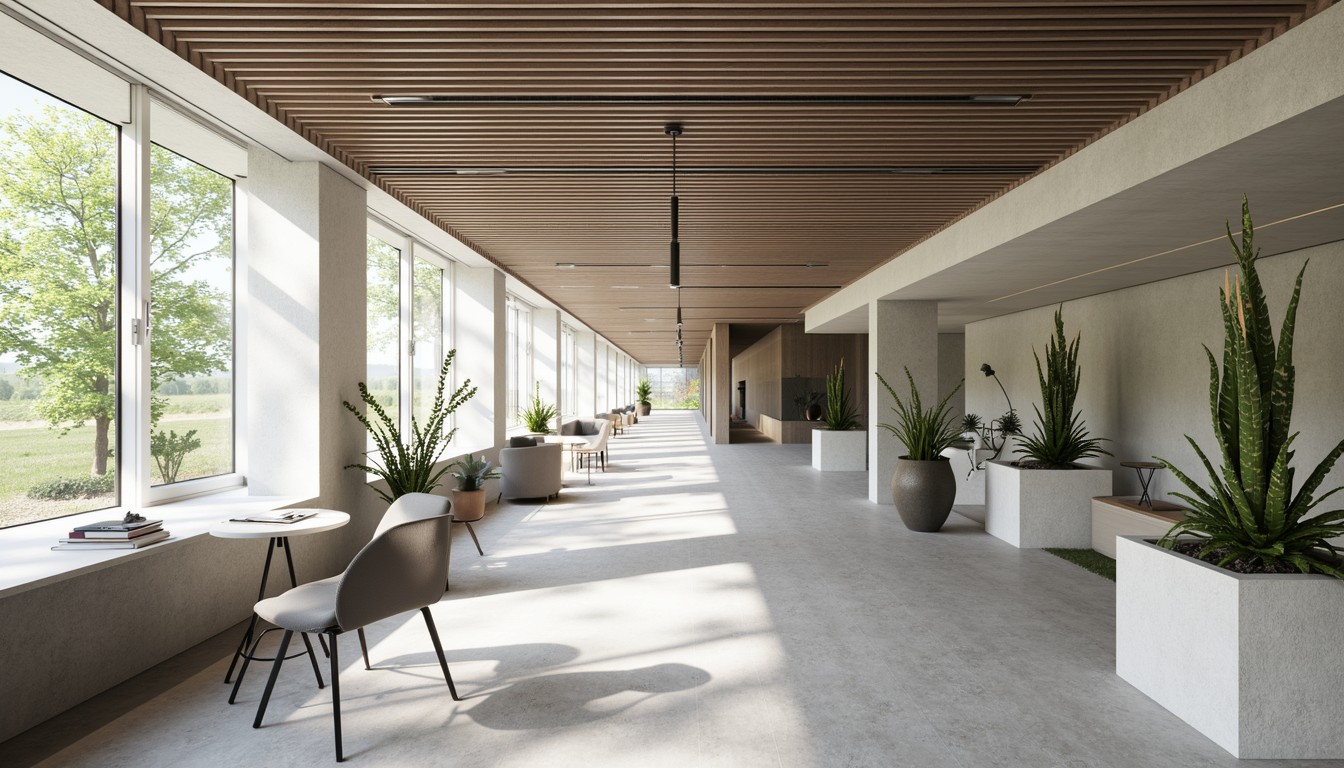Sustainable Architecture: Green Building Technologies & Design
The built environment significantly impacts our planet's health. As architects and designers, we have a crucial role to play in mitigating this impact through the adoption of sustainable architecture and green building technologies. This means moving beyond simply aesthetically pleasing designs to create structures that minimize environmental footprint, conserve resources, and enhance occupant well-being. At ArchNav, we are committed to visualizing and promoting these sustainable practices, helping our clients bring their eco-conscious visions to life.
Passive Design Strategies: The Foundation of Green Building

Before diving into advanced technologies, it's crucial to understand the fundamental principles of passive design. These strategies leverage the natural environment to reduce energy consumption and improve building performance. Key elements include:
- Orientation and Site Selection: Optimizing building placement to maximize solar gain in winter and minimize it in summer. Careful consideration of prevailing winds and natural shading is also critical.
- Thermal Mass: Utilizing materials like concrete, brick, or stone to absorb and release heat slowly, regulating indoor temperatures and reducing the need for heating and cooling.
- Natural Ventilation: Designing buildings to utilize natural airflow for cooling, minimizing reliance on mechanical systems. This often involves strategically placed windows, vents, and atriums.
- Insulation and Air Sealing: Minimizing heat loss in winter and heat gain in summer through effective insulation and airtight construction techniques. This significantly reduces energy demand for climate control.
Active Green Building Technologies: Enhancing Sustainability

Passive design forms the bedrock of sustainable architecture, but active technologies further enhance its efficiency and environmental performance. These include:
Renewable Energy Sources:
Integrating renewable energy sources like solar photovoltaic (PV) panels, solar thermal collectors, and wind turbines significantly reduces reliance on fossil fuels. PV panels generate electricity directly from sunlight, while solar thermal collectors heat water for domestic use. Wind turbines are suitable for locations with consistent wind speeds.
Energy-Efficient HVAC Systems:
High-efficiency heating, ventilation, and air conditioning (HVAC) systems are crucial for minimizing energy consumption. This includes heat pumps, which offer superior energy efficiency compared to traditional systems, and advanced control systems that optimize energy usage based on occupancy and weather conditions. Geothermal heating and cooling systems leverage the stable temperature of the earth to provide efficient climate control.
Water Management Systems:
Sustainable buildings prioritize water conservation and reuse. This involves implementing low-flow fixtures, rainwater harvesting systems for irrigation and toilet flushing, and greywater recycling systems to reuse wastewater for non-potable purposes. Water-efficient landscaping further reduces water consumption.
Smart Building Technologies:
Smart building technologies leverage data and automation to optimize building performance. Building management systems (BMS) monitor and control various aspects of the building, including lighting, HVAC, and security, enabling real-time adjustments based on occupancy and environmental conditions. Smart sensors can detect energy waste and automatically adjust systems to conserve resources.
Green Building Materials:
The selection of sustainable building materials is paramount. This includes using recycled materials, locally sourced materials to reduce transportation emissions, and materials with low embodied carbon—the greenhouse gas emissions associated with the material's production, transportation, and installation. Rapidly renewable materials like bamboo and timber are also gaining popularity.
Real-World Applications and Case Studies

Numerous buildings worldwide exemplify the successful integration of green building technologies. The Bullitt Center in Seattle, a net-zero energy and water building, showcases passive design strategies and renewable energy integration. The Eden Project in Cornwall, UK, demonstrates the use of sustainable materials and innovative design to create a unique environment. These examples highlight the possibilities of sustainable architecture and inspire further innovation.
ArchNav: Your Partner in Sustainable Architectural Visualization
At ArchNav, we understand the importance of sustainable design and its impact on the future. We leverage cutting-edge visualization technology to help architects and developers showcase the beauty and functionality of green buildings. Our high-quality renderings and animations effectively communicate the sustainable features and benefits of your projects, attracting investors and stakeholders who value environmental responsibility. We are committed to partnering with you to create a more sustainable built environment, one stunning visualization at a time.
